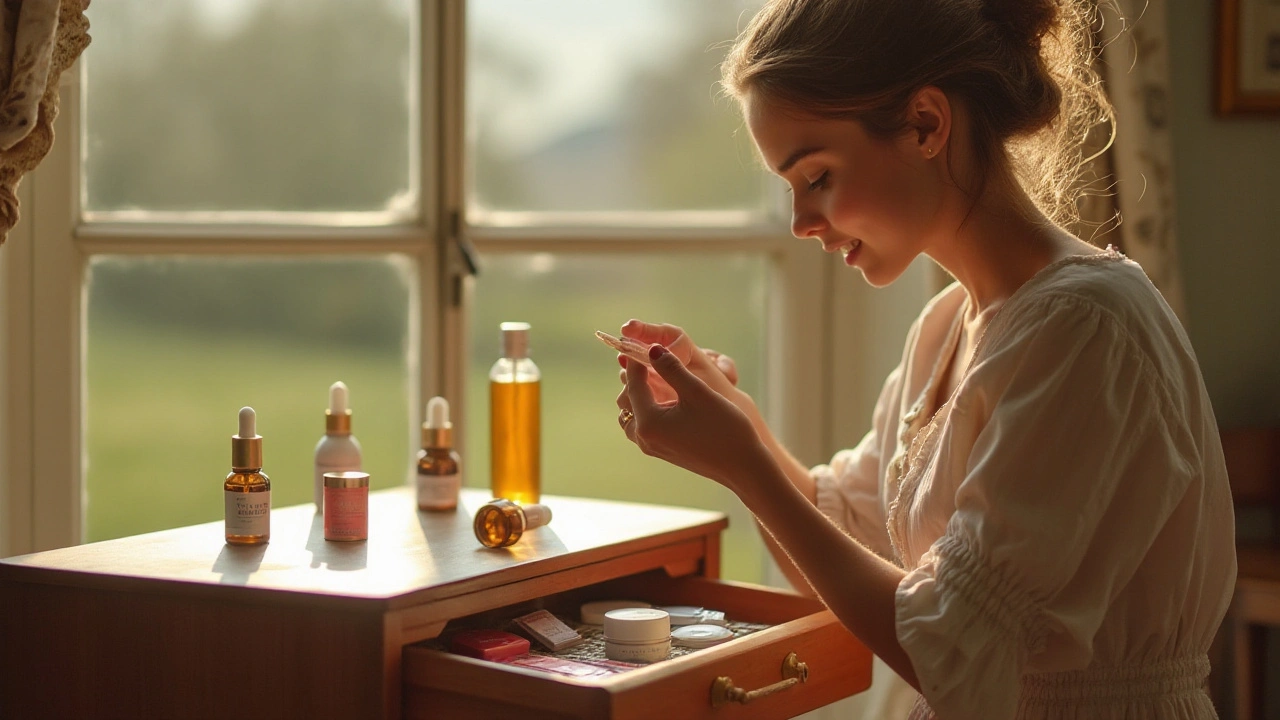Acne Treatment: Simple Steps That Really Work
If you’re scrolling through endless forums and still see red bumps in the mirror, you’re not alone. Acne can feel like a never‑ending battle, but most of the time the answer lies in a few easy habits that many skip. Below we break down what to do every day, which products deserve a spot on your shelf, and why some popular myths just waste your money.
Everyday Basics – Clean, Moisturize, Protect
The three‑step routine is the backbone of any acne plan. First, cleanse with a gentle, sulfate‑free wash twice a day. Harsh scrubs strip skin of natural oils and trigger more oil production, making breakouts worse.
Second, use a lightweight moisturizer that contains ceramides or hyaluronic acid. Even oily skin needs hydration; when you skip this step, your skin overcompensates with extra sebum.
Third, slap on sunscreen every morning. UV rays thicken the outer layer of skin, which can trap oil and make acne scars darker. Look for a non‑comedogenic SPF 30 or higher that feels barely there.
Targeted Treatments – What to Pick and When
Spot treatments work best when you match the ingredient to your breakout type. For fresh, inflamed pimples, try a benzoyl peroxide gel (2‑5%). It kills acne bacteria fast but can dry skin, so start with a thin layer.
If you’re dealing with clogged pores and blackheads, salicylic acid (0.5‑2%) is your friend. It dissolves the oil inside the pore without harsh scrubbing.
For persistent, deeper lesions, a prescription‑strength retinoid like adapalene or tretinoin helps speed up cell turnover. These can cause mild irritation at first; use them every other night and pair with a good moisturizer.
Don’t forget lifestyle tweaks: drink enough water, limit sugary snacks, and try to reduce stress. A quick walk, a few minutes of breathing exercises, or even a short power nap can lower cortisol levels that often trigger breakouts.
Finally, be patient. Most over‑the‑counter combos need 4–6 weeks to show results. If you’ve tried the basics for two months with no improvement, it’s time to chat with a dermatologist about oral meds or hormonal options.
Stick to these steps, keep an eye on how your skin reacts, and you’ll see clearer days ahead.
Top 10 Isotroin Alternatives in 2025 for Effective Acne Treatment
Acne treatment has evolved significantly, offering various alternatives to Isotroin in 2025. Each alternative caters to different acne severities and skin types, ranging from retinoids to antibiotics. While some focus on hormonal acne, others aim to balance oil production and reduce inflammation. This guide explores the top ten options, highlighting their pros and cons to help you make an informed choice.
learn more